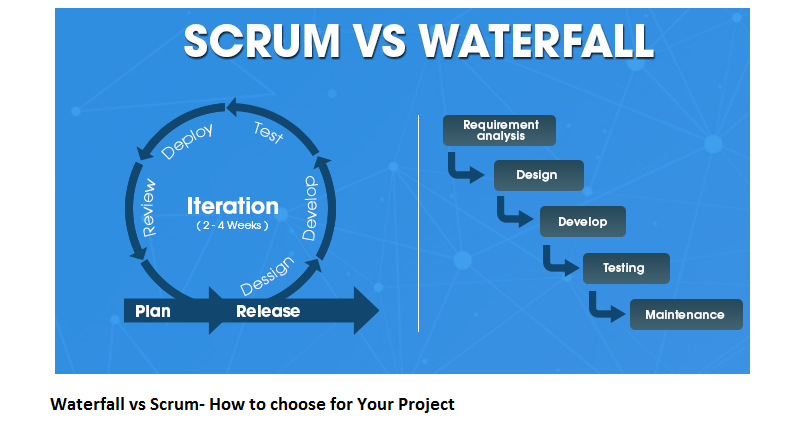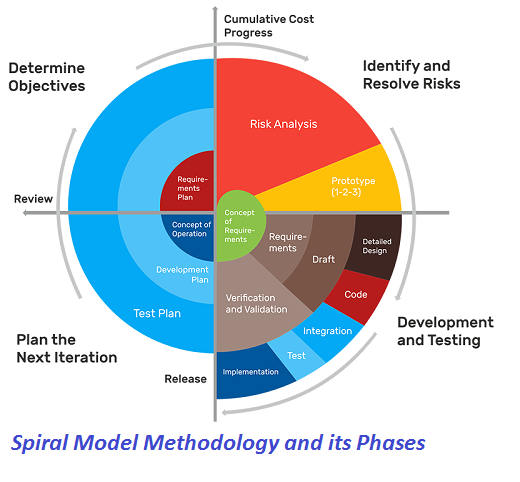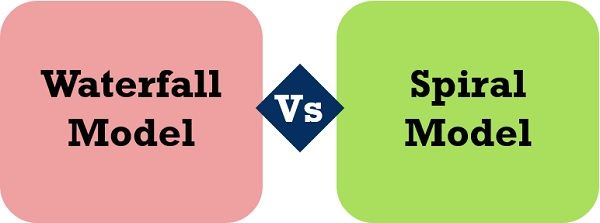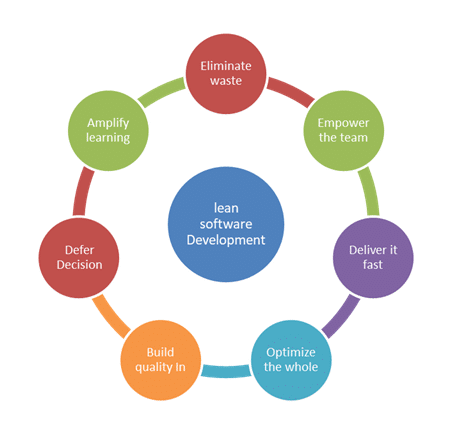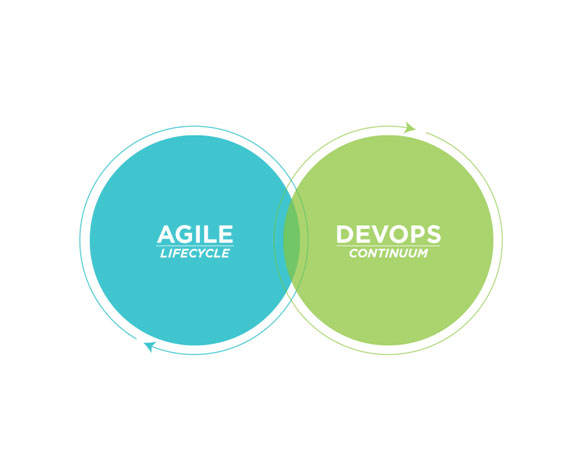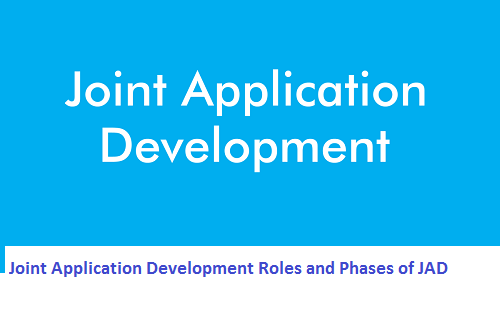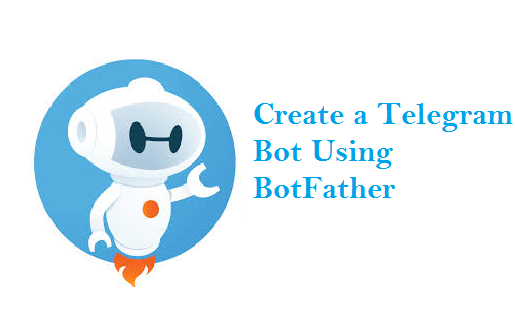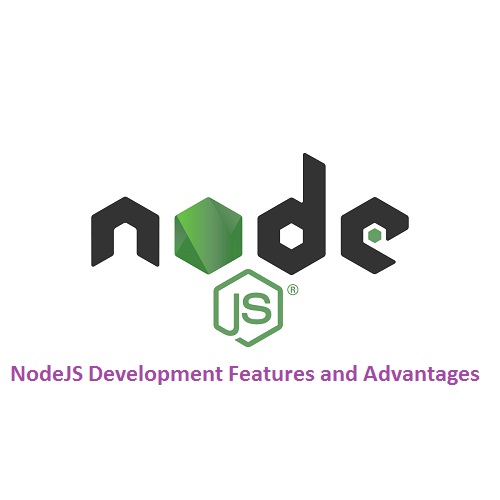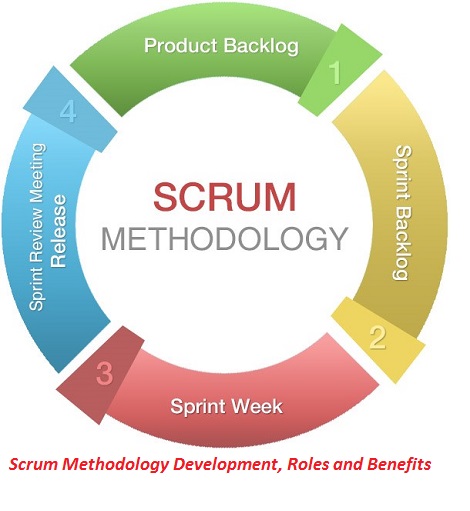 What is Scrum?
What is Scrum?
Scrum is an agile development methodology used in the development of Software based on iterative and incremental processes. Scrum is an adaptable, fast, flexible, and effective agile framework that is designed to deliver value to the customer throughout the development of the project. The primary objective of Scrum methodology is to satisfy the customer’s need through an environment of transparency in communication, collective responsibility, and continuous progress. Contact Sovereign Software for Scrum Development.
Scrum is widely used by software development teams. Scrum can benefit a wide variety of businesses and projects. Scrum methodology is ideal for projects that require teams to complete a backlog. Scrum is also beneficial to companies that value results over the documented progress of the process. Scrum can help companies that develop products in accordance with customer preferences and specifications.
Different Roles in Scrum
In Scrum, the team focuses on building quality software. The owner of a Scrum project focuses on defining what are the characteristics that the product must have to build and to overcome any obstacle that could hinder the task of the development team. The Scrum team consists of the following roles:
Scrum master: The person who leads the team guiding them to comply with the rules and processes of the methodology. Scrum master manages the reduction of impediments of the project and works with the Product Owner to maximize the ROI. The Scrum Master is in charge of keeping Scrum up to date, providing coaching, mentoring and training to the teams in case it needs it.
Product owner: The product owner represents stakeholders, which are typically customers. To ensure the scrum team is always delivering value to stakeholders and the business, the product owner determines product expectations, records changes to the product and administers a scrum backlog, a detailed and constantly updated to-do list for the scrum project. The product owner is also responsible for prioritizing goals for each sprint, based on their value to stakeholders, such that the most important and deliverable features are built-in each iteration.
Scrum team: The scrum team is a self-organized group of three to nine individuals who have the business, design, analytical, and development skills to carry out the actual work solve problems and produce deliverable products. Members of the scrum team self-administer tasks and are jointly responsible for meeting each sprint’s goals.
Benefits of Scrum Methodology
Scrum has many advantages over other agile development methodologies. It is currently the most used and trusted framework of reference in the software industry.
Easily Scalable: Scrum processes are iterative and are handled within specific work periods, which make it easier for the team to focus on definite functionalities for each period.
Compliance: The client establishes their expectations indicating the value that each requirement/ history of the project brings, the team estimates them and with this information the Product Owner establishes its priority.
Flexibility: The greatest benefit of agile scrum methodology is its flexibility. With the sprint-based model, the scrum team typically receives feedback from stakeholders after each sprint. If there are any problems or changes, the scrum team can easily and quickly adjust product goals during future sprints to provide more valuable iterations.
Higher software quality: The working method and the need to obtain a functional version after each iteration, helps to obtain higher quality software.

